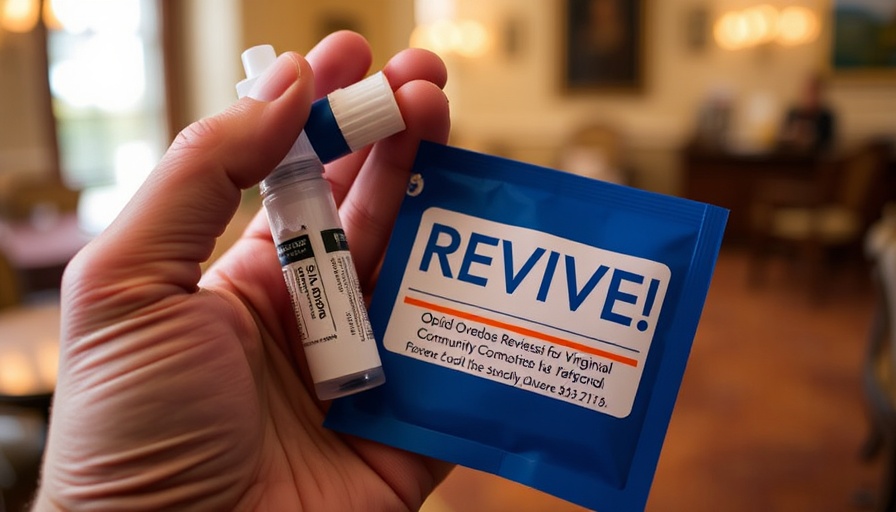
Understanding the Plummeting Fentanyl Death Rates
For the first time in over three decades, U.S. drug-related deaths are witnessing a remarkable decline, with experts reporting a 26% reduction in fatalities compared to the previous peak in 2023. This trend has led to approximately 30,000 fewer deaths annually, with some states experiencing even more significant drops of up to 50%. While it’s a reason for cautious optimism, the intricate reasons behind this dramatic turn remain a topic of intense analysis.
Could Naloxone Be the Key Player?
One of the most cited theories is the increase in the availability of naloxone, widely known by its brand name Narcan. This nasal spray provides a rapid reversal of opioid overdoses and has been made accessible over the counter and distributed for free in high-risk communities. This widespread distribution may indeed be a life-saving factor, with many drug users carrying naloxone with them to revive peers in case of an overdose.
The Influence of Fentanyl Decrease
Another theory suggests that the potency of street fentanyl has been declining in many areas. Research has indicated that a notable decrease in fentanyl's purity has been observed, potentially due to concentrated efforts by law enforcement in disrupting the supply chains. This reduction in strength may be indirectly saving lives as users may unknowingly consume less potent mixtures.
Rising Risks with New Street Drug Combinations
Interestingly, while the amount of available fentanyl may be decreasing, there is a rise in dangerous drug mixtures being sold on the streets. Some of these mixtures are incorporating animal tranquilizers, which pose severe health risks. While they might be less lethal than pure fentanyl, they introduce new challenges in public health, leading to dangerous medical complications.
Historical Context: Understanding the Epidemic
The opioid epidemic has had a devastating impact on American communities over the past two decades, marked by soaring overdose rates linked to prescription opioids and illicit drugs alike. Understanding this backdrop reveals why the recent decline in deaths is both extraordinary and puzzling. What could possibly shift amidst such a historically entrenched issue?
Experts Weigh In: Diverse Perspectives and Challenges
Experts are weighing multiple perspectives on this phenomenon, with some cautioning that the current decline might be temporary. Public health initiatives and education about overdose prevention have grown, yet many fear that the ever-evolving landscape of drug mixtures could complicate recovery strategies. Keeping the dialogue open and inclusive is crucial for addressing future challenges effectively.
What Lies Ahead? Potential Opportunities for Change
The downward trend in fentanyl deaths raises critical questions about the future of drug policy and harm reduction strategies in the U.S. As communities begin to experience the effects of these changes, ongoing research and public health efforts must remain agile. Innovations in mental health and wellness initiatives may play a vital role in sustaining these positive outcomes.
Connect and Stay Informed
Everyone has a stake in this discussion, from policymakers to everyday citizens. By staying informed on emerging trends in health and wellness, we all can contribute to a healthier future. Let's engage with our community health resources and advocate for quite this substantial shift towards better preventive strategies.
In the face of this encouraging news, it’s important that we understand both the causes behind the decline and the actions we can take to support ongoing efforts. If you’re passionate about health and wellness innovations, consider joining local wellness initiatives to make a tangible difference.
 Add Row
Add Row  Add
Add 




 Add Row
Add Row  Add
Add 

Write A Comment